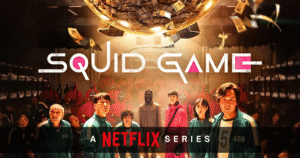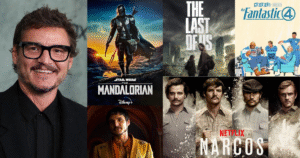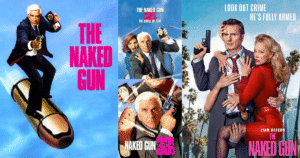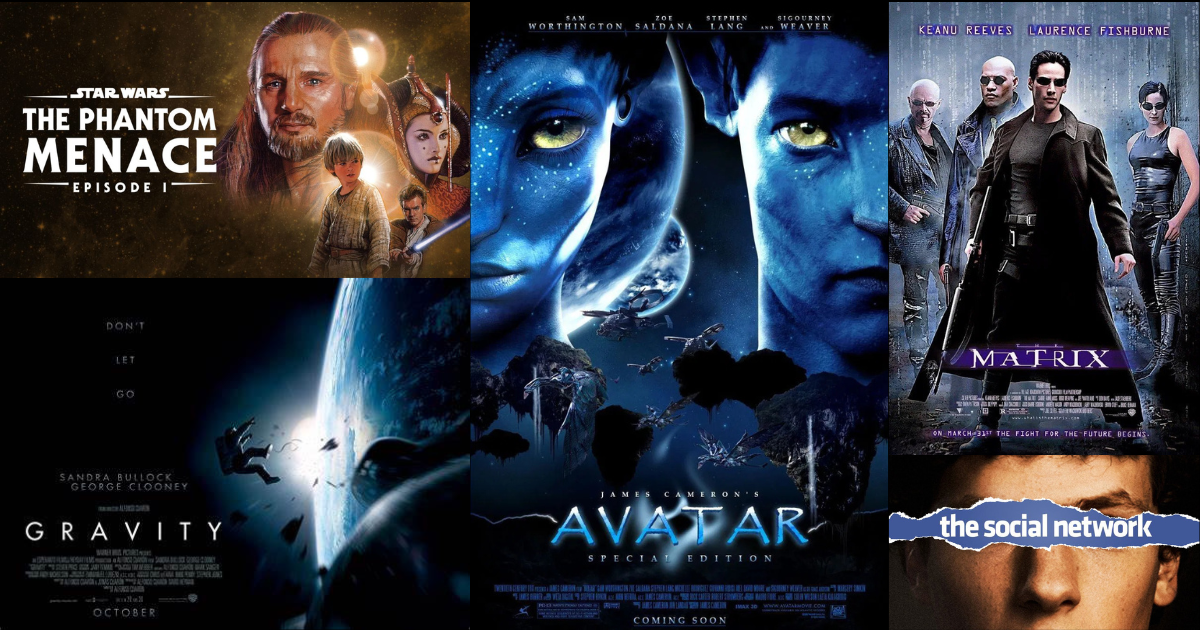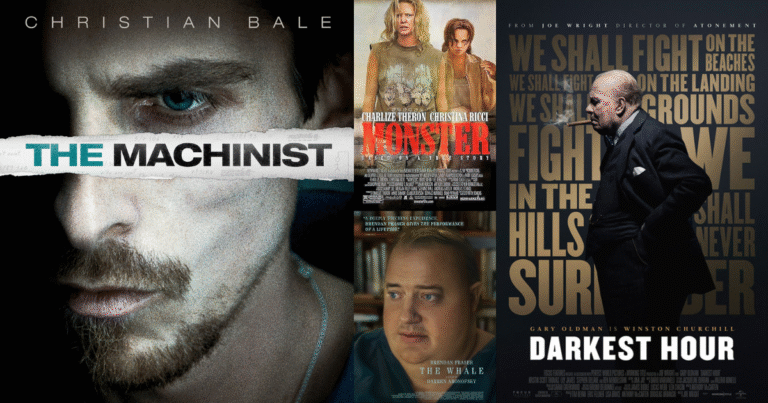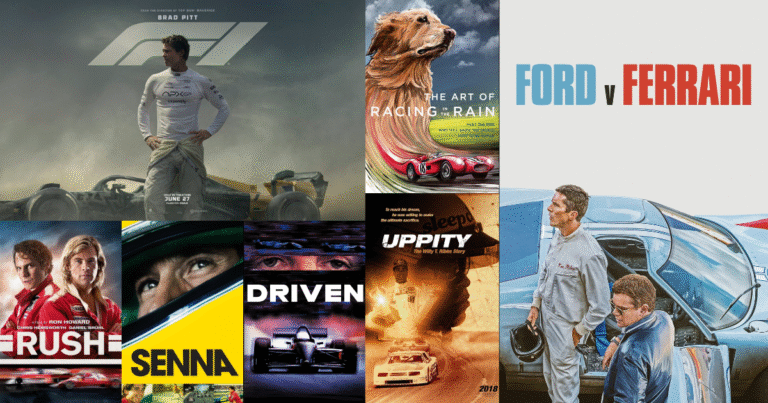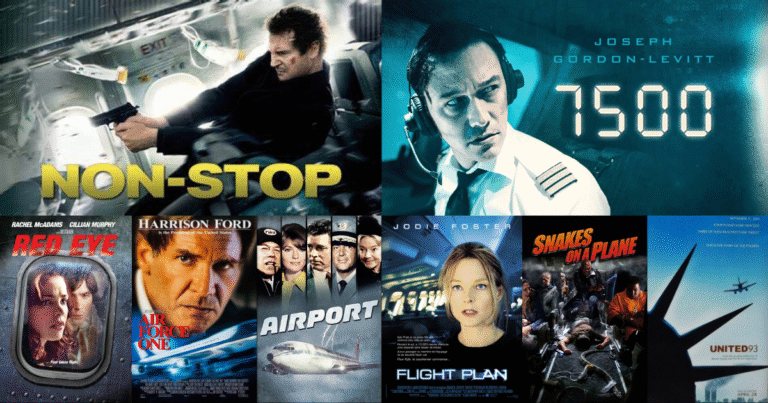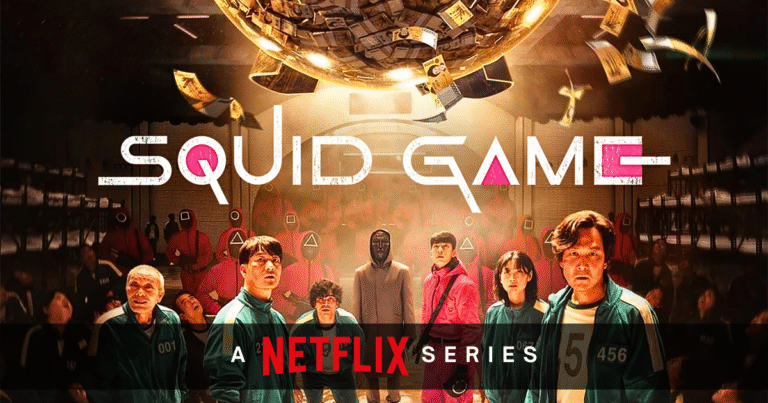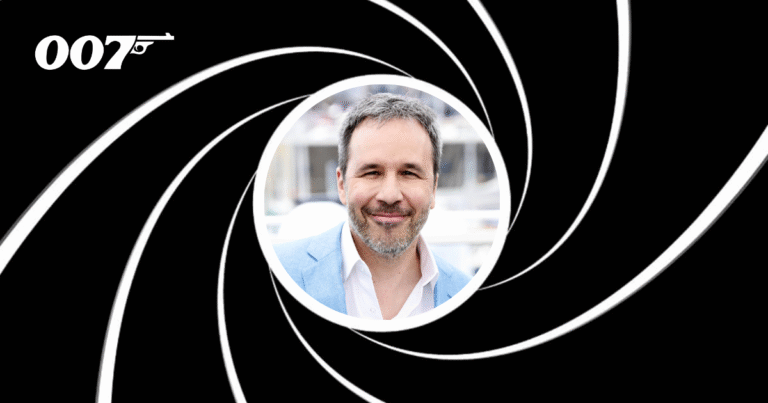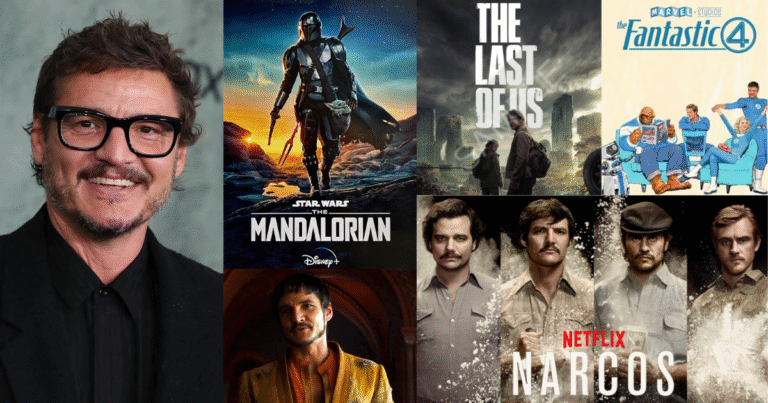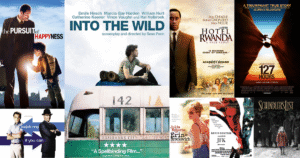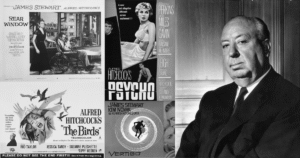The way we make and watch movies has changed a lot over the past few decades. Gone are the days when everything was shot on film and edited by hand. The digital revolution transformed filmmaking, making it faster, more flexible, and more accessible. But some movies didn’t just adapt to these changes, they led them.
In this post, we’ll look at 10 films that didn’t just use digital technology, they helped shape the future of cinema. Whether through digital cameras, special effects, or new ways of telling stories, these films left a lasting impact on how movies are made today.
1. Star Wars: Episode I – The Phantom Menace (1999)
While not everyone loved the film, there’s no denying its technical achievements. George Lucas pushed digital boundaries with this one. It used extensive CGI, and although it was still shot on film, it paved the way for digital filmmaking in mainstream cinema.
2. The Matrix (1999)
This film changed how action scenes were shot forever. The “bullet time” effect, where the camera seems to move around slow-motion action, was a huge breakthrough. It used a combination of still cameras and computer graphics that helped set the tone for 2000s sci-fi and action films.
3. Toy Story (1995)
The first feature-length film made entirely with computer-generated imagery (CGI). Pixar proved that digital animation could not only work, it could create stories that connect emotionally. Without Toy Story, we may not have had the boom in animated films we see today.
4. O Brother, Where Art Thou? (2000)
This was the first feature film to use digital color grading from start to finish. That means the look of the film, its golden, vintage tones, was created in post-production using digital tools. Today, color grading is standard in film editing, but this movie helped it go mainstream.
5. Slumdog Millionaire (2008)
Shot on lightweight digital cameras, this film proved you didn’t need expensive equipment to create something powerful. The use of digital cinematography allowed the crew to shoot in tight spaces across Mumbai. It gave the film a raw, real feel, and won 8 Oscars.
6. Avatar (2009)
James Cameron spent years developing new digital 3D and motion-capture technologies to make this film. The result was a stunning world that felt alive. Avatar wasn’t just a movie, it was an experience. It pushed the boundaries of how digital tools could be used for storytelling.
7. The Social Network (2010)
This film used digital filmmaking not just to tell a modern story, but to reflect the digital age itself. It was sleek, sharp, and captured the mood of a generation raised online. Its subtle use of visual effects—like doubling actor Armie Hammer to play twins, showed how seamless digital tools could be.
8. Paranormal Activity (2007)
Made for just $15,000 using basic digital cameras, this film became a global hit. It showed that anyone with a story and a camera could make a film. The success of Paranormal Activity gave rise to a new wave of low-budget digital horror films.
9. The Girl with the Dragon Tattoo (2011)
This film’s digital workflow was one of the most advanced of its time. Everything from the cinematography to the sound design was created using cutting-edge digital tools. It’s a good example of how digital production can help create a cold, sharp visual mood to match the story.
10. Gravity (2013)
Alfonso Cuarón’s space thriller took digital effects to another level. Most of the film was shot on green screens and recreated digitally, including the lighting. The realism of space scenes combined with emotional storytelling showed how far digital filmmaking had come.
Why These Films Matter
These 10 movies didn’t just entertain, they changed the rules. They proved that digital filmmaking could be as rich, emotional, and visually stunning as anything shot on film. Some made special effects feel more real. Others made filmmaking more affordable and more flexible.
The digital revolution didn’t happen overnight. It was driven by bold choices, creative risks, and new technologies. These films helped move the industry forward, opening the door for new voices and new ways of telling stories.
Final Thoughts
Today, almost every film is touched by digital tools in some way, from the cameras used to the way colors are adjusted in post-production. And many of the changes we take for granted started with the movies listed above.
If you’re a film lover, filmmaker, or just curious about how movies work, these are must-watch titles. They remind us that cinema is always evolving, and the future is already here.
